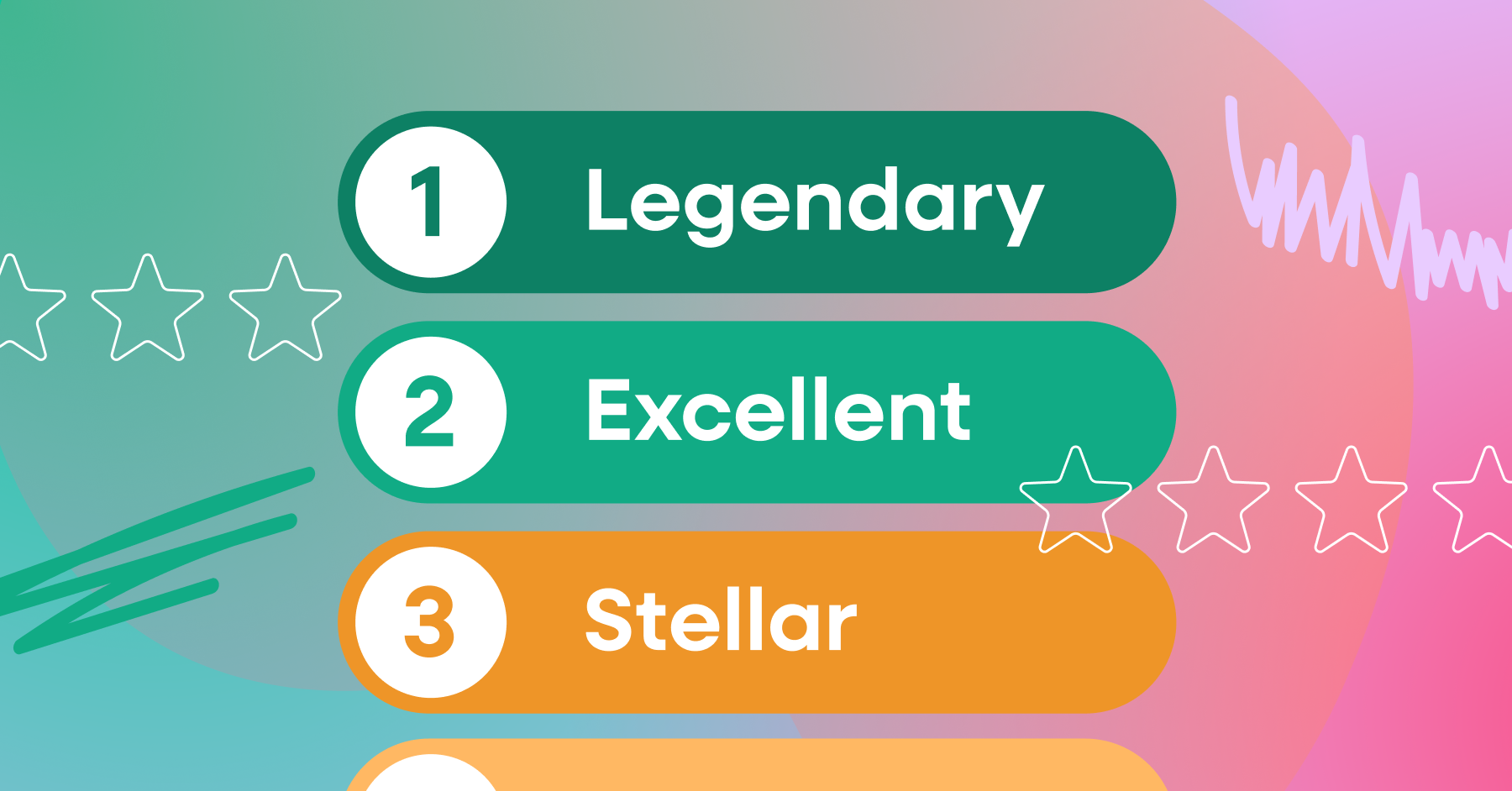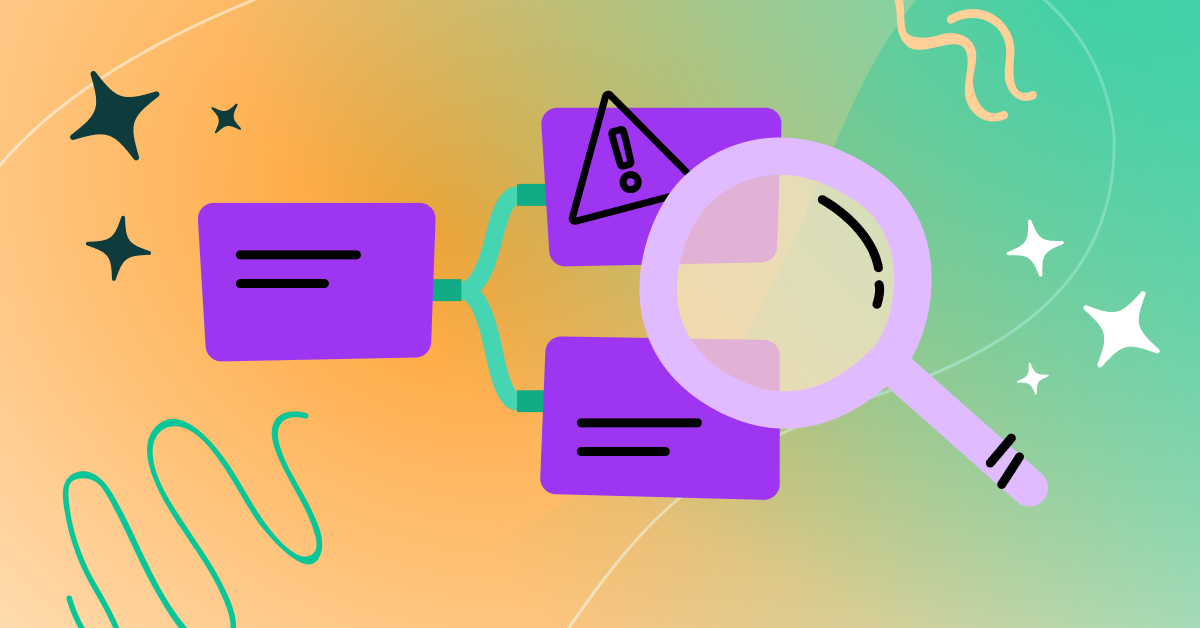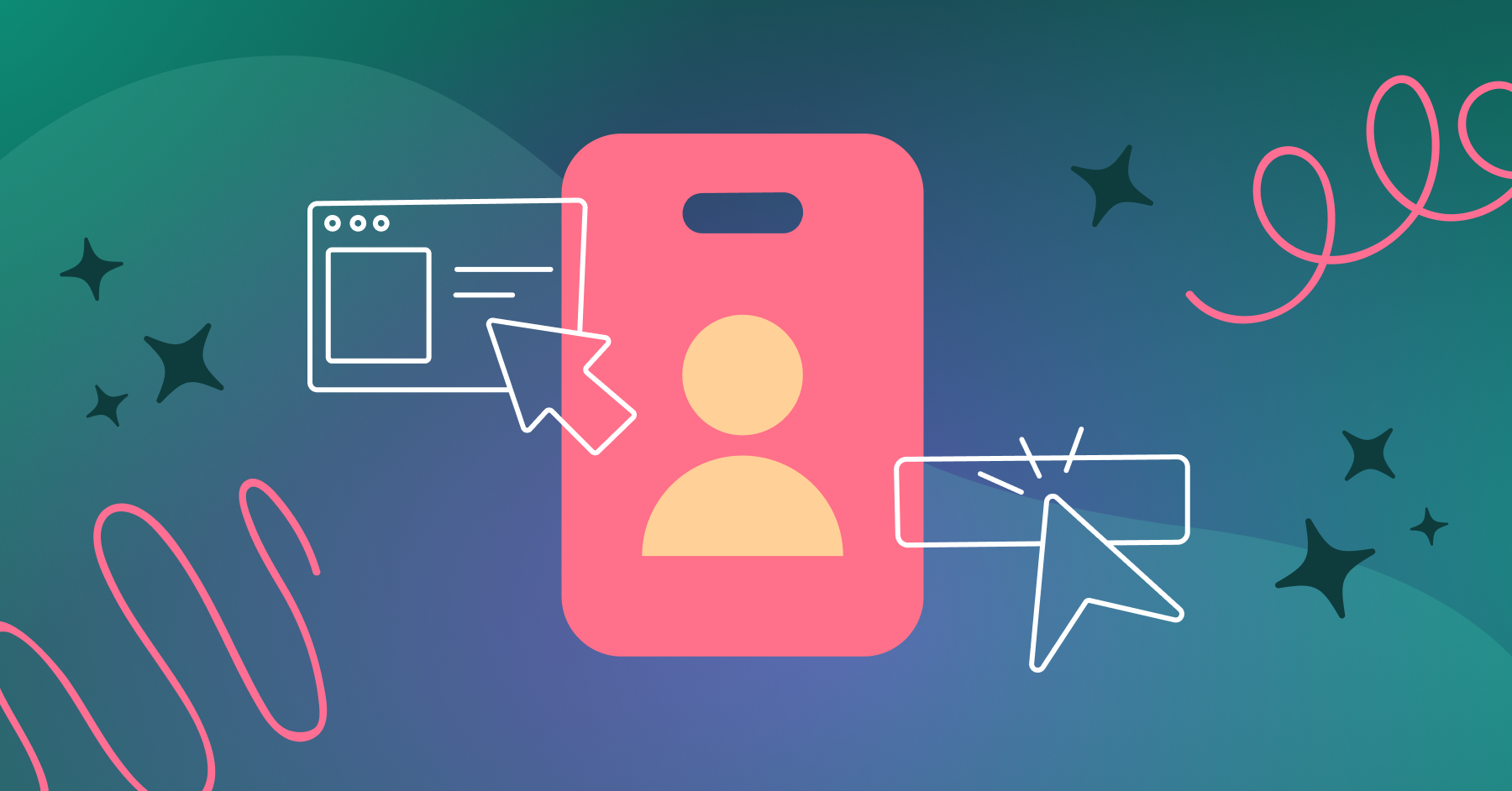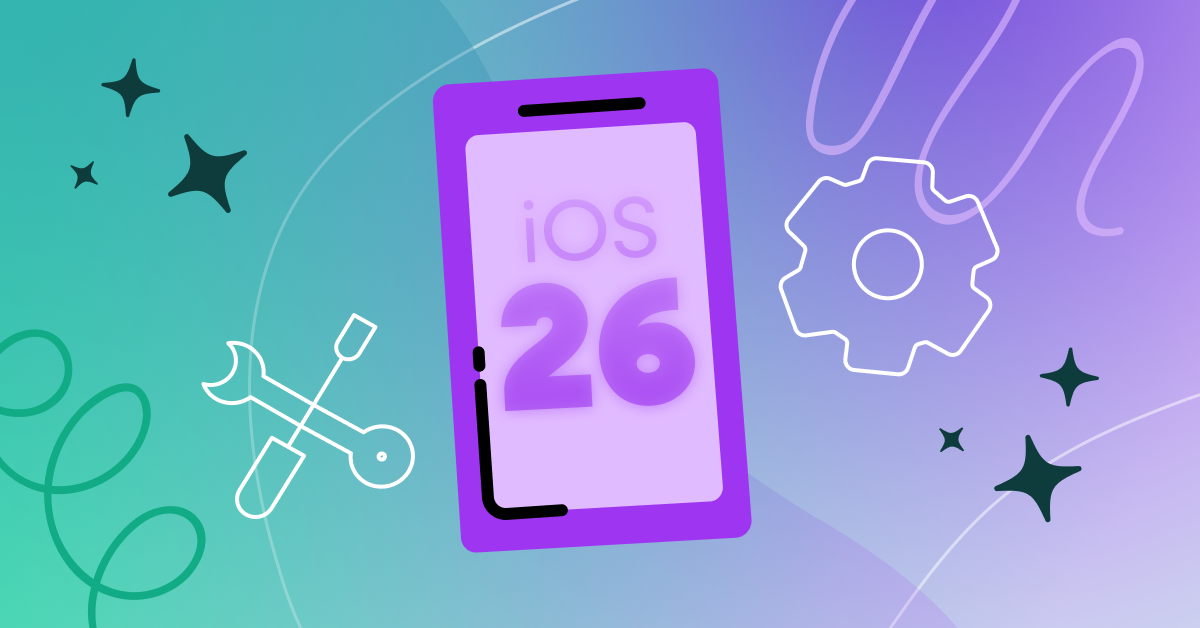
Introducing AI-labelled Elements and AI-labelled Pages. Your team can now get to the "why" behind user behavior, faster than ever.

Explore how to power iGaming gamification with player behavioral data to build lasting loyalty, reduce churn, and increase player lifetime value.

Providing fast and accurate insight into your users' mobile activities is crucial to staying competitive. Learn how mobile analytics tools can help.

Learn how to transform raw user events into powerful, ML-ready features.

Learn how your team's digital tools directly impact employee morale, company costs, and the customer experience.

Explore how Fullstory excels in mobile app analytics, outperforming the competition with superior features and privacy.

In the competitive mobile app space, staying on top of consumer trends is critical for success. Here are seven to consider right now.

Comparing Fullstory and Mixpanel? See how they stack up on data depth, ease of use, privacy, mobile, and more—just the facts.

A quick guide for Fullstory users to prepare for Apple's iOS 26 release, outlining key updates and necessary steps.